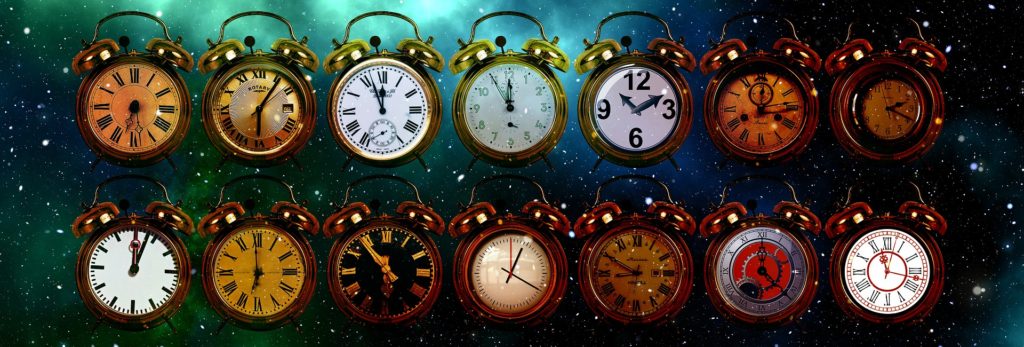
The way intermittent fasting works is that it makes it easier to eat less food so that your body can lose weight. There’s no magic thing that happens if you practice a 6-hour eating window instead of an 8-hour one. If you eat too much food in either one, you’ll gain weight. It’s the amount of food you eat that counts. You can even gain weight eating OMAD (one meal a day) if you consume too much food at that one meal. Conversely, if you eat less than your body requires in a 12-hour eating window, you’ll lose weight.
So which fasting window should you choose? The best fasting window is the one that gets you to the point where you can most easily eat the appropriate amount of food. This is not always the longest fasting window, however. There are other factors to consider. As it turns out, it’s a very individual thing.
I love OMAD, for example, which is basically a 23.5-hour fasting window and a half-hour eating window. Most of my days, OMAD fits really well in my life. I stay at home with my kids, we homeschool, and my work schedule is one I make myself. (I earn money from my book sales and Youtube Adsense revenue by writing, recording, editing, and posting my content.) I prefer to eat bigger portions. Eating one big meal a day suits me and my schedule better than having smaller meals spread throughout the day. I have found eating severely hampers my ability to be productive, especially when it comes to creative endeavors like writing.
You might be tempted to think that a longer fasting window or OMAD is automatically better, but this isn’t the case. Longer fasting windows make some people miserable, either physically or psychologically. Either way, it’s not good, because this won’t be sustainable. The key to permanent weight loss is to find the thing you can stick with for the rest of your life.
When you’re trying to find the best window, pay attention to how you feel as you test each one out. Slowly push out your fasting window and see if it improves things or makes them worse. Focus on finding your fasting window sweet spot, one that meets the following requirements:
- It feels relatively easy.
- It fits well in your life.
- It gets results. (I define this as losing 1 pound a week on average if you’re obese or very overweight. I put this at half a pound or less a week if you’re near a normal BMI.)
If you find your fasting window doesn’t feel easy, shorten it until it does. You can always work on lengthening it out in the future. If it doesn’t fit well in your life, change it until it does. Don’t ever put pressure on yourself to cram it into your life, just because so-and-so does it that way. There are a million perfectly good ways to lose weight. You just have to find the way that works for you.
Lengthening the fasting window is a simple way to eat less for a lot of people. Think of it this way: it’s easy to consume three big meals a day, if they’re spaced far enough out. We’ve all done that, right? But if you start shortening the length of time you have to consume those 3 meals, it’s going to become progressively harder to eat all that food. This is the principle intermittent fasting works on: it’s harder to eat more calories in a compressed amount of time.
For some people, an 8-hour window provides too much time between meals and makes overeating easier. They end up gaining weight on a 16:8 even though they’re being extremely consistent with the fasting and eating window regimen. But if they lengthen the fasting window to something like a 18:6 or a 20:4, they find it easier to eat the right amount, and they start losing weight.
If you get to the point where you feel like you’ve maxed out your fasting window, and you’re still not losing weight, there’s no need to panic. Start focusing on how much you’re eating in that window, and eat less. Try cutting out all snacking and distracted eating for starters. And then if you’re still not losing any weight, focus on slowing down your eating (in my experience, a surprisingly difficult thing to make progress on), and try eating smaller portions (I’ve found using a smaller plate seems to help.)
Above all, remember that there isn’t any magic in any single fasting window. It’s just that it makes it easier to eat the right amount of food. I’ll say it again: you can gain weight with any intermittent fasting window. You just need to eat more than your body requires at your current weight. The best intermittent fasting window is the one that you can stick with for the long run that gives you results.
Related Posts:
